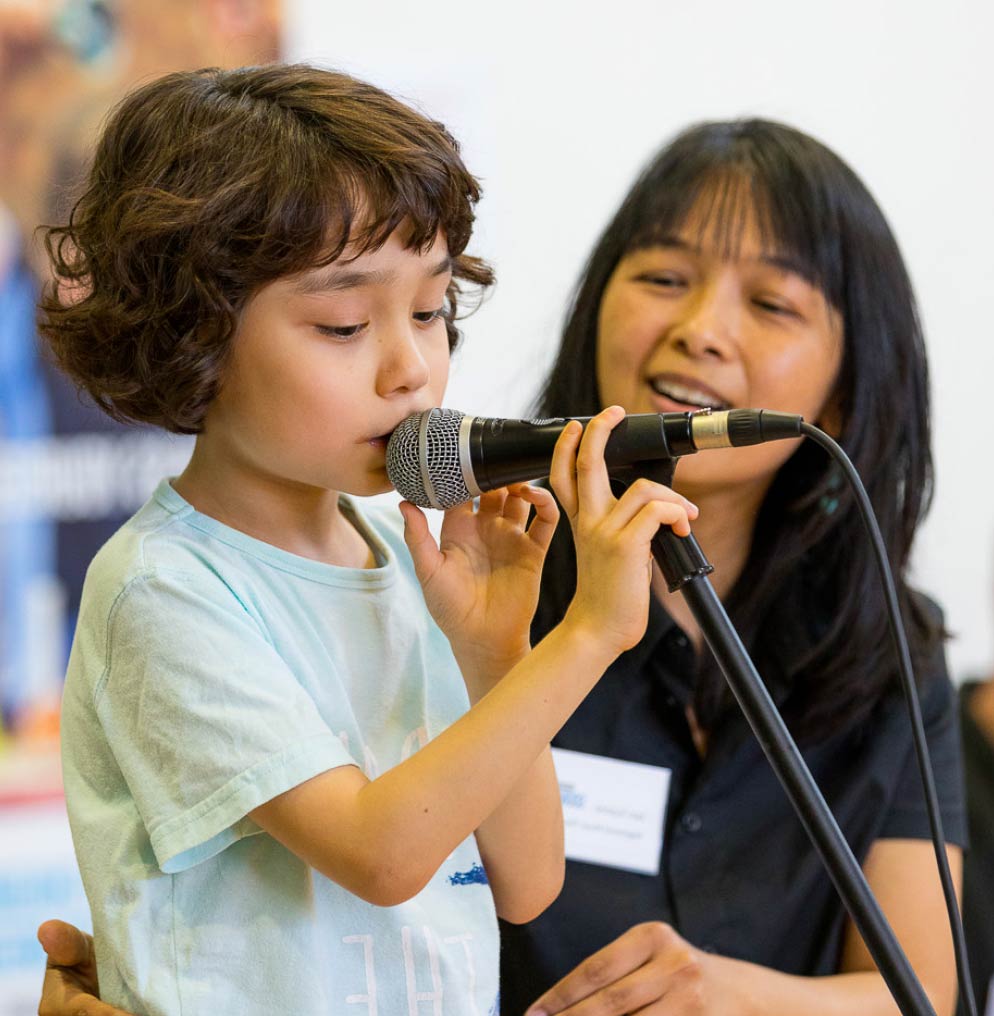Children with Autism
Music is motivating and enjoyable for all children. In particular, neurodiverse children can find music a non-threatening way to engage in fun and structured activities both inside and outside the therapy space. At Sound Expression, we are committed to creating therapy spaces and sessions that are welcoming and supportive for our neurodiverse children.
Through music therapy, we can:
Support socio-emotional development to foster meaningful and successful relationships.
Engaging neurodiverse children in musical activities and relationships can play an important role in addressing cognitive and perceptual challenges. In our music therapy sessions at Sound Expression, our therapists provide opportunities for the children to experience and rehearse the different types of play from parallel to cooperative, to reciprocal and imaginative play. During musical interactions we invite the children to adjust to sharing attention in a way that feels fun and non-threatening to them. Over time, the children can then transfer these skills into their community life at home and at school.
In the early stages of relationship building, neurodiverse children are often overwhelmed by others attempting to initiate social contact. Music therapy can provide an initial object relation with the shape, sounds and textures of musical instruments. At Sound Expression we have found that a musical instrument can serve as an intermediary between the child and therapist, providing an initial point of contact and engagement.
Our music therapists consolidate this point of connection with a variety of musical experiences to engage the child in enjoyable interactive activities. While the process needs time, music therapy provides a unique and pleasurable tool that can be easily adapted to meet the changing needs of the child.
Support communication – all forms of communication!
Registered Music Therapists are trained to facilitate and support the child’s innate desire for connection using a child’s preferred form of communication. Improvised accompaniment to a child’s communicative expressions or gestures establishes an engaging relationship between a particular musical sound and the child’s actions.
Neurodiverse children might perceive invitations to connect using music more readily than verbal approaches, providing opportunities to develop a musical relationship / dyad within which to further expand their communication skills.
As a child displays communicative intentions and responses, music can be used to encourage whatever their preferred communication method is; be it speech, vocalisations, the use of visuals or an AAC device.
Facilitate creative self-expression
Since many children with autism respond positively to musical experiences, it is not surprising that music has often been used to motivate and encourage self-expression. These positive responses can enhance a child’s participation in other activities designed to facilitate social, language, and perceptual-motor functions. In addition, music may also provide a useful context for encouraging the development of curiosity and creative exploration, due to its rich and colourful imaginative qualities.


